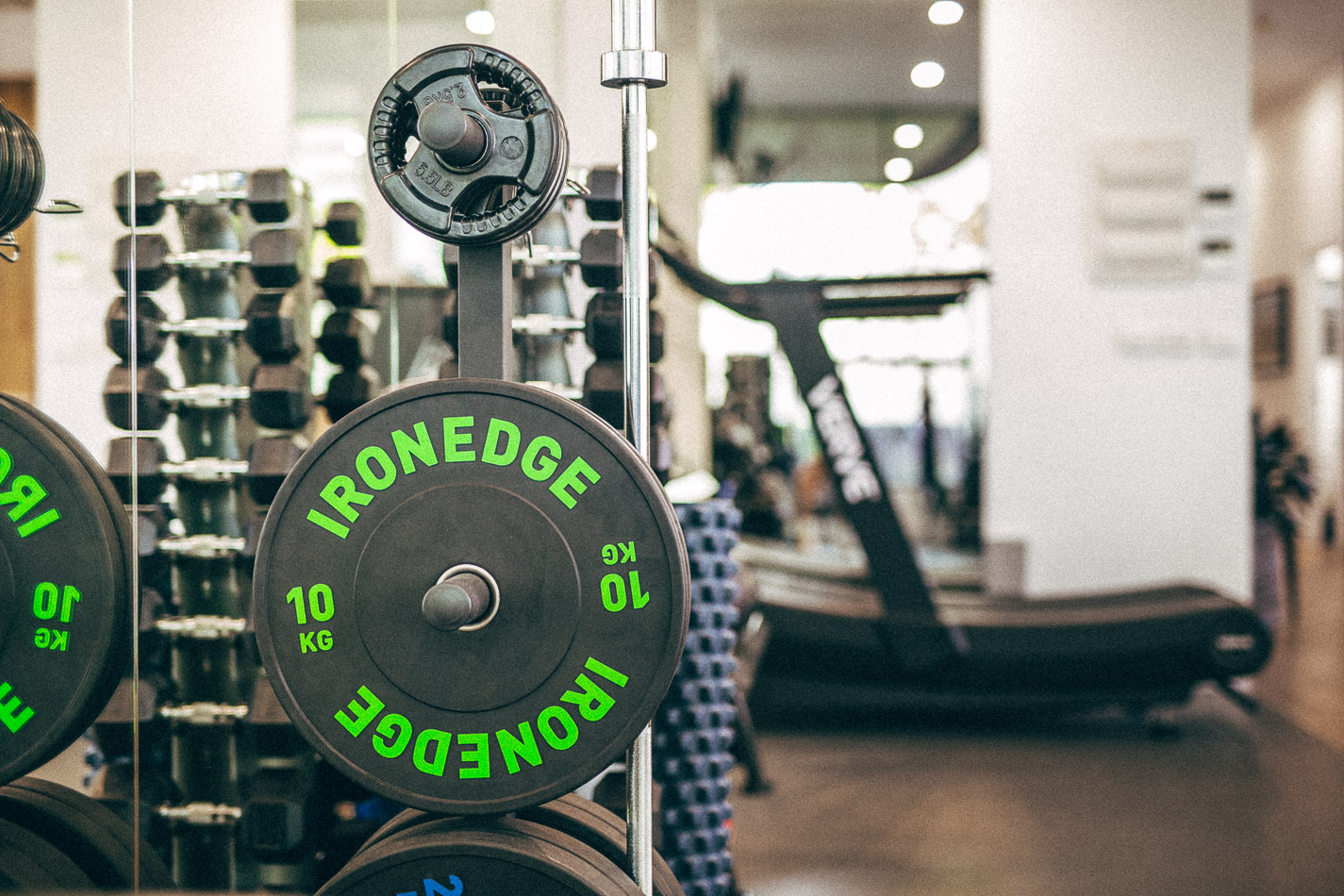The Range Physio Deadlift Guide
Part 2: Lading Up and Getting Strong
Once you have mastered the hip hinge the next step is to add load to gradually expose your body to higher forces and build strength.
How Many? How often?
- Essentially the goal is to choose a weight that you can get past 5 but can’t get to 10
- Start with a decent weight that feels heavy but under your control
- Lift that weight 10 times and if you get to 10 without pain or fatigue, add weight and repeat until you find that good weight
- Repeat for 3-4 sets and do it 2-3 times a week
- To build a resilient and strong back 1.2-1.5 x body weight is a nice goal. Elite athletes can do 2 x their body weight and beyond
Above all it is very important to perform the lifting phase with the intention to move the weight fast. Maximum intent will yield the best results.

Our Go To Deadlifts
- Kettlebell Deadlift: A great option to start loading the movement. Grab the kettlebell and think about“poking your bottom out” or “touching bum to wall behind” as you lower. “Push the ground away” to return to the starting position.
- Trap Bar Deadlift: We use trap bar deadlifts a lot in our lower back rehab as they are a bit simpler and safer early on. The trap bar allows you to sit into the movement a bit more, use more knee bend and requires less of the lower back (lumbar spine).
- Romanian Deadlift: This variation of a barbell deadlift allows you to keep the weight closer to your body initially to reduce demand on the lower back.
- Barbell Deadlift: As your back gets stronger and feels better you can start to progress towards the more challenging barbell deadlift. Remember to poke your bottom out, keep your chest high and then drive the ground away to lift up.



